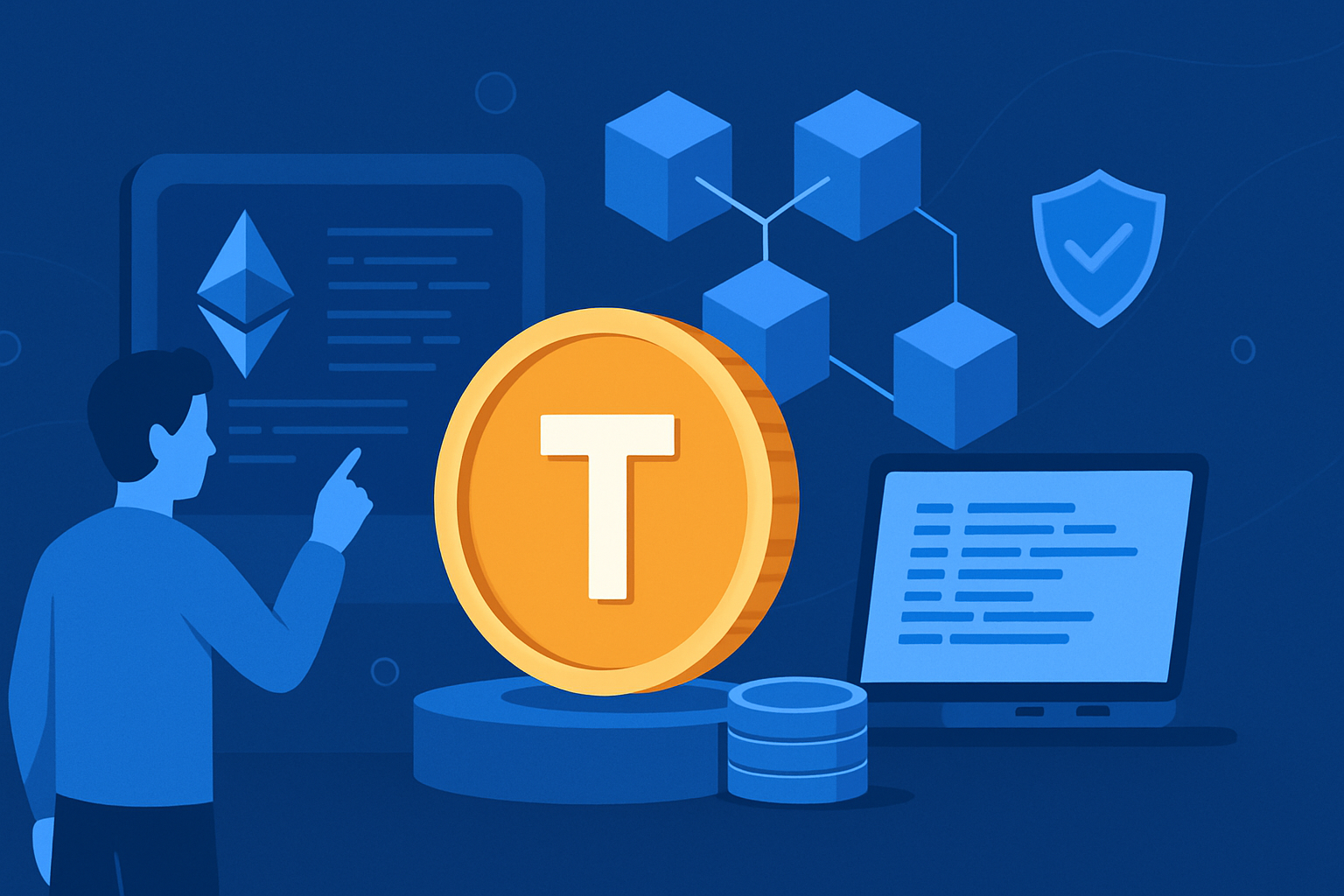
Tokenization is reshaping the way we perceive ownership, investment, and asset management. Whether it's high-end real estate in New York, a painting from a renowned artist, or rare physical collectibles, blockchain technology is enabling a new wave of secure, fractionalized ownership through tokens. This blog explores the process of developing tokens for real estate, art, and physical assets, breaking down the technology, strategy, and execution involved in making tangible assets digital.
Understanding Asset Tokenization
Asset tokenization is the process of converting rights to a physical or non-physical asset into a digital token on a blockchain. These tokens can represent ownership, revenue streams, or other entitlements and can be traded, sold, or held like any other digital asset.
For real estate, tokenization enables property owners to divide ownership into digital shares, allowing investors to purchase fractions of a building. In the art world, tokenization opens the doors for shared ownership of high-value artworks. For physical assets like luxury watches, cars, or precious metals, tokenization provides a secure, transparent, and tradable record of ownership.
The driving force behind this shift is blockchain’s ability to offer immutable records, transparency, automation through smart contracts, and accessibility to a global pool of investors.
Legal Framework and Regulatory Compliance
Before diving into development, legal and regulatory clarity is essential. The classification of asset-backed tokens varies depending on the jurisdiction, the type of asset, and how the token is structured. Tokens can be considered securities, utilities, or commodities, and each classification carries distinct legal requirements.
In the case of real estate and art, these tokens are typically classified as securities. This means the token issuance must comply with securities laws, such as Know Your Customer (KYC), Anti-Money Laundering (AML), and other financial regulations. Engaging with legal experts during the early stages ensures your token structure aligns with regional laws and avoids compliance issues down the line.
Smart contracts must also be reviewed from a legal perspective to ensure that they reflect and enforce the real-world contractual obligations tied to the physical assets.
Choosing the Right Blockchain Network
The choice of blockchain influences everything from token performance and scalability to cost and user experience. Ethereum remains a popular option due to its robust ecosystem, widespread adoption, and support for standards like ERC-20 and ERC-721. However, transaction fees on Ethereum can be high, which has led to the emergence of alternatives such as Polygon, Solana, and Avalanche.
For real estate and physical asset tokenization, networks that support smart contracts, NFTs, and cost-effective transactions are preferred. Ethereum’s Layer 2 solutions like Arbitrum and Optimism offer scalability without sacrificing decentralization.
Selecting a blockchain that supports token standards suited for the type of asset you’re tokenizing is crucial. ERC-20 is best for fungible tokens representing fractional ownership, while ERC-721 or ERC-1155 is more suited to non-fungible tokens, ideal for unique assets like artworks.
Structuring the Token Model
Developing a token for real-world assets begins with defining the token model. This involves determining the type of ownership, rights, and entitlements that the token represents.
For real estate, tokens can represent equity ownership, a share in rental income, or even debt instruments. Equity-based tokens typically give holders partial ownership of the property, while income-based tokens offer a portion of the rental yield or resale profit.
In the case of art, token holders may receive rights to a portion of the resale value, exhibition fees, or other future monetization streams. Some art tokens also come with embedded governance rights, allowing owners to vote on how or when the artwork is displayed or sold.
Physical assets like vintage cars or luxury watches may use tokens as certificates of authenticity and proof of ownership. These tokens can be backed by secure custodianship of the asset in a vault or storage facility, ensuring the token’s value is linked to the asset’s real-world condition and availability.
Smart Contract Development
Once the token structure is defined, smart contracts are developed to enforce the rules, manage ownership, automate transactions, and maintain transparency. Smart contracts eliminate the need for intermediaries and ensure that every transaction is executed exactly as programmed.
These contracts define how tokens are minted, transferred, and burned. For real estate, a smart contract can manage rental distributions, schedule dividend payments, or handle ownership changes when a property is sold. In art tokenization, contracts may enforce royalties for artists each time the token is resold.
Security is critical at this stage. Smart contracts should undergo thorough auditing to detect vulnerabilities and prevent exploits. Using open-source frameworks such as OpenZeppelin can reduce risks by relying on tested and widely adopted smart contract libraries.
Asset Valuation and Token Supply
Accurate valuation of the physical asset is fundamental to a successful token offering. Independent appraisal firms or certified valuation methods are typically used to determine the current market value of the asset.
Once the asset is valued, the token supply can be decided. For example, if a property is worth $1 million and you plan to issue 100,000 tokens, each token would represent $10 worth of the property. The supply should be divisible enough to enable flexible investor participation while preserving the asset's exclusivity and perceived value.
Art and collectibles might be valued based on previous sales, artist reputation, rarity, and historical significance. It’s essential to maintain transparency in valuation methodology to build investor trust and avoid legal issues.
Custody and Asset Backing
A significant challenge in tokenizing physical assets is ensuring the tokens are truly backed by the asset. This means securing the asset and proving its existence, condition, and ownership.
For real estate, this is typically managed through property deeds and legal documentation held by a third-party custodian or trust. In some jurisdictions, token holders are listed as beneficiaries of a Special Purpose Vehicle (SPV) that holds the property title.
With artworks and collectibles, physical custody is often managed by professional storage providers, museums, or vaults. The custody arrangement should be disclosed clearly to token holders, and regular audits or inspections should be conducted to verify asset status.
The token smart contract may also integrate with Internet of Things (IoT) devices or oracles to verify physical conditions or changes in ownership.
Investor Onboarding and Token Distribution
Once the asset is tokenized and smart contracts are deployed, the next step is onboarding investors and distributing tokens. A user-friendly front-end platform is necessary to help investors register, complete KYC checks, and purchase tokens.
The platform must also integrate a crypto wallet system to store and transfer tokens securely. Most projects use popular wallets like MetaMask, WalletConnect, or custom white-label wallets to make the process seamless.
For private offerings or regulatory-compliant sales, whitelisting investors before token distribution is a must. The tokens may have vesting schedules, lock-in periods, or other compliance rules that are hardcoded into the smart contract.
Enabling Secondary Market Trading
One of the biggest advantages of tokenized assets is liquidity. Tokens can be traded on secondary markets, offering investors a way to exit or diversify their portfolios. However, enabling secondary trading comes with technical and regulatory challenges.
Tokens must be listed on regulated exchanges or decentralized platforms that comply with security token regulations. Some projects partner with specialized Security Token Offerings (STO) platforms or marketplaces that handle the complexity of compliant trading.
Smart contracts can include built-in trading restrictions, such as limiting transfers to verified addresses or enforcing holding periods. These mechanisms ensure tokens remain compliant even when they change hands.
Transparency, Reporting, and Governance
Transparency is essential to maintaining investor confidence. Token holders should have access to reports, performance data, and audits. For real estate, this could mean regular updates on rental income, occupancy rates, and property valuations.
Art and collectibles may require verification of physical condition and insurance coverage. These updates can be shared through dashboards, email reports, or token-holder portals.
Some tokenized projects also implement governance features, giving token holders voting rights on decisions like asset sales, reinvestments, or fund usage. These features can be embedded directly into the smart contract or handled via a decentralized governance layer.
Final Thoughts
Developing tokens for real estate, art, and physical assets involves a seamless blend of blockchain innovation, legal structuring, and asset management expertise. It requires meticulous planning, technological execution, and compliance to ensure that the token represents real value and trust.
This new model of ownership is opening doors for global investors to access previously illiquid or exclusive assets. By breaking down large physical assets into tradeable digital shares, tokenization is not just revolutionizing investment—it’s democratizing it.
Whether you're a real estate developer, an art gallery, or a luxury asset manager, the tokenization wave offers an unmatched opportunity to tap into digital markets and create new revenue channels. But success depends on doing it right—from legal compliance to smart contract security, from valuation to investor transparency.
The future of asset ownership is not just digital—it’s decentralized, accessible, and secure. And tokenization is the bridge that’s making it possible.

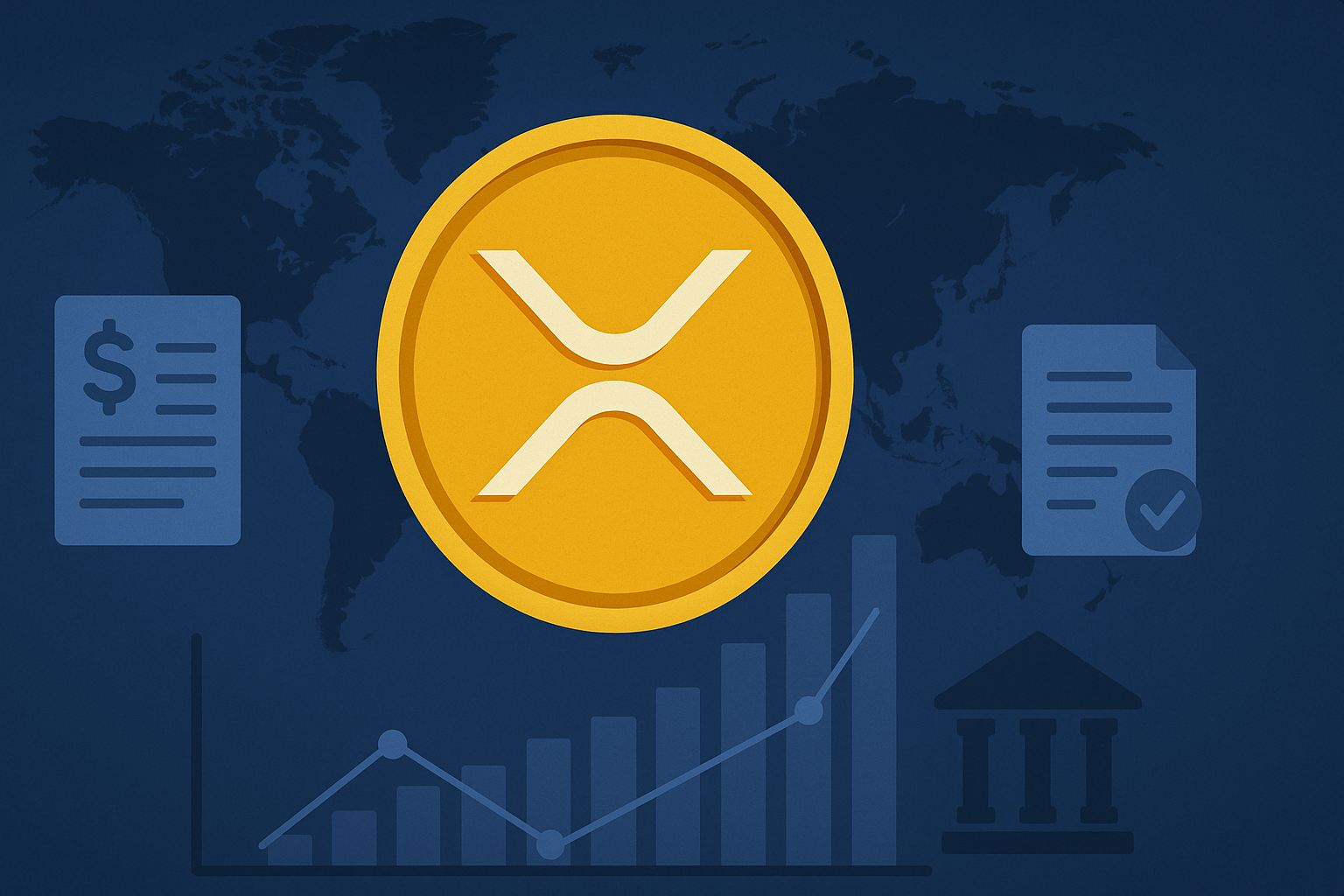


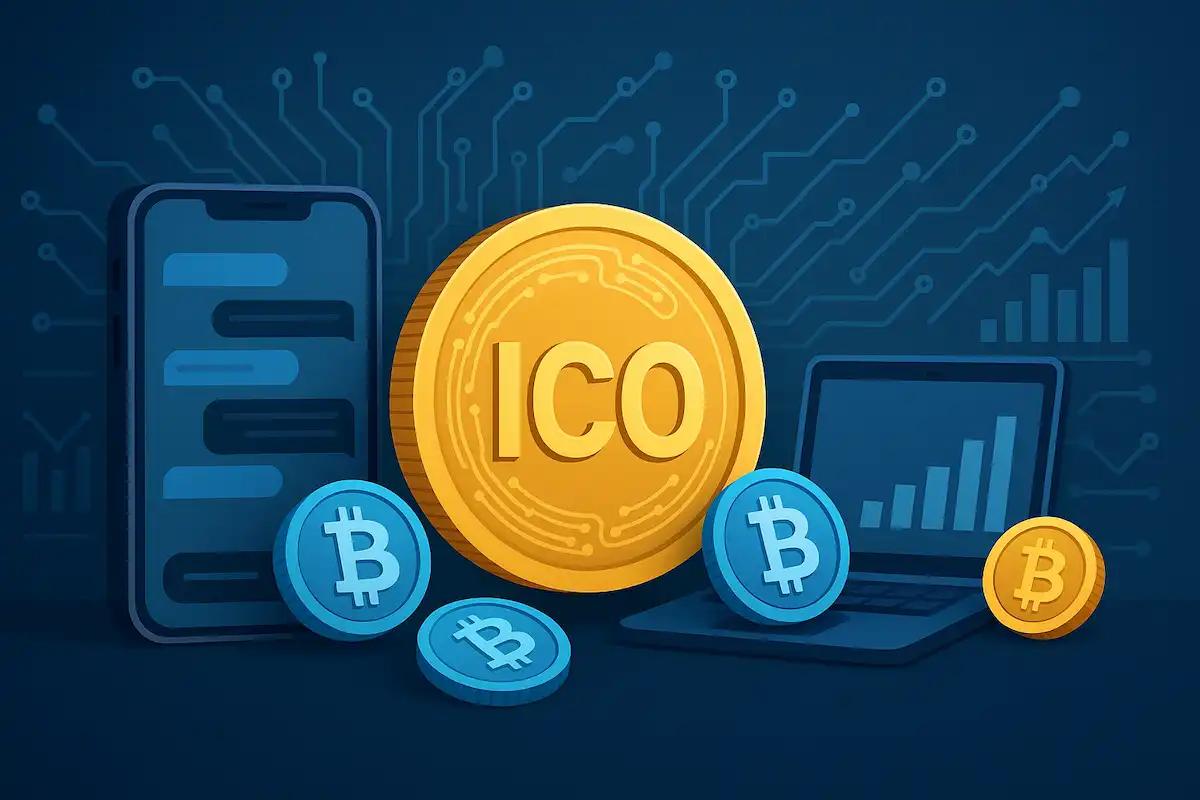


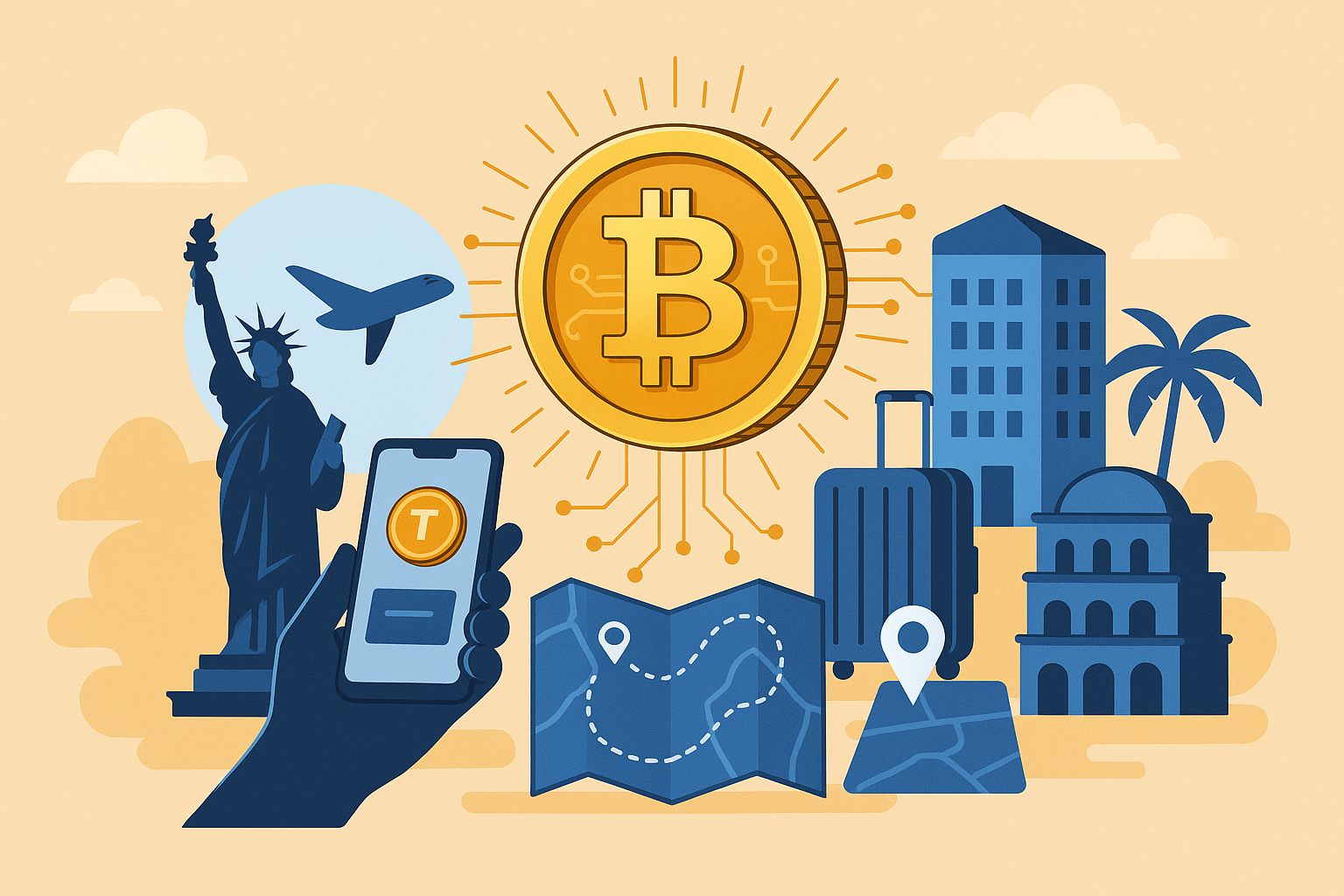
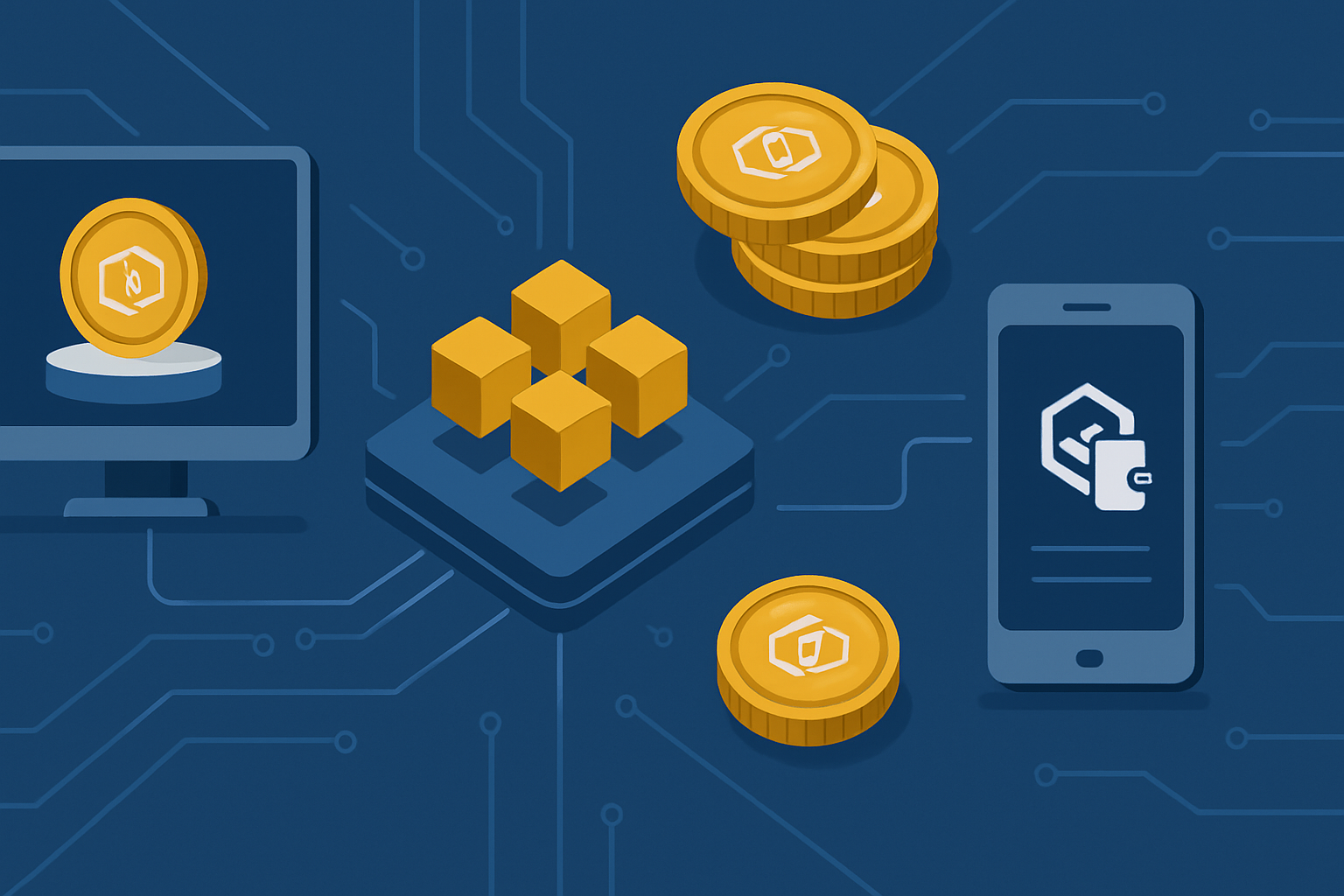
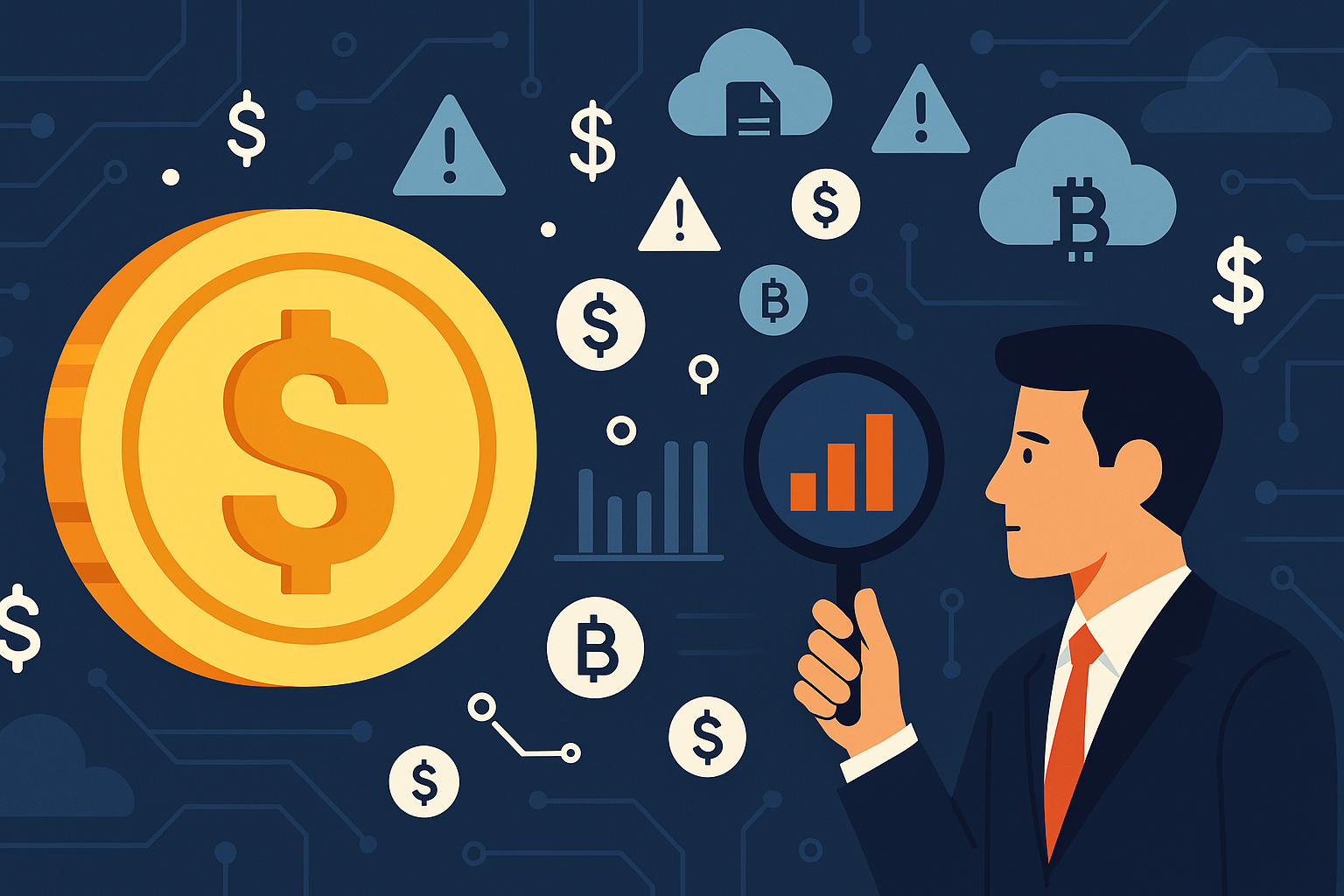
Write a comment ...